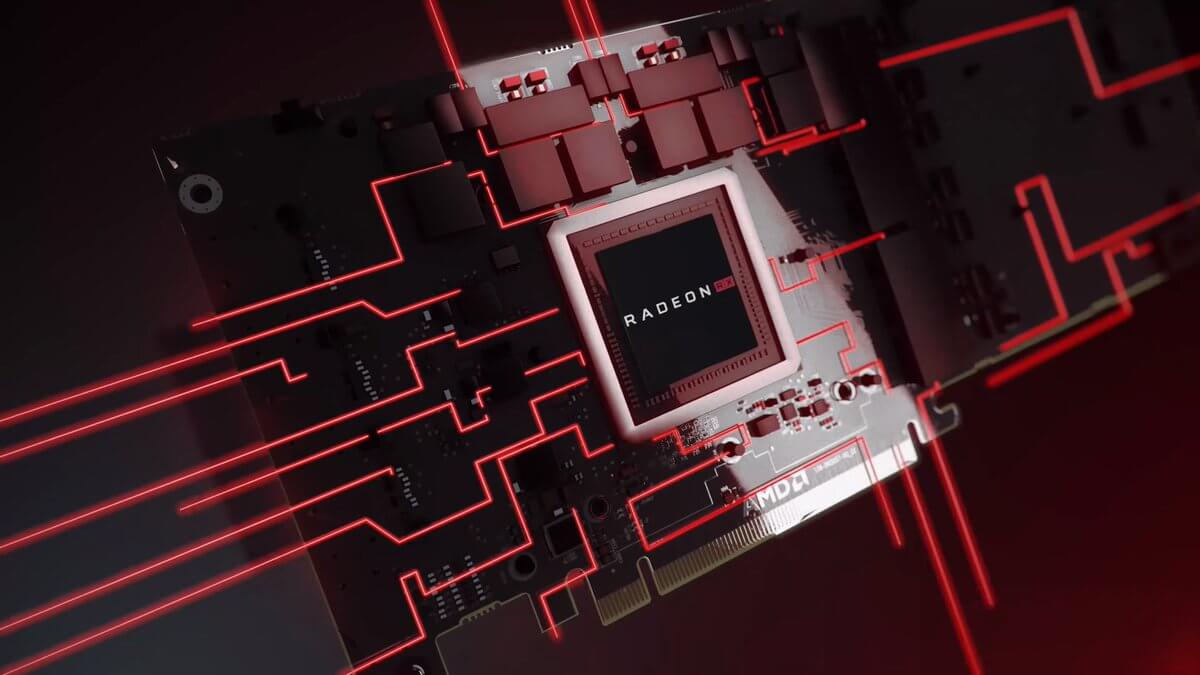At long last: (relatively) affordable, entry-level GPUs (Ampere, RDNA 2, and Alchemist) are finally on the horizon! Notice the adverb “relatively” — we still don’t know how much they’ll retail for nor if they’ll meet the same fate as their more powerful brethren. There’s definitely a reason to be optimistic, but nothing would surprise us at this point given the current state of the market.
So, what exactly are we looking forward to?
NVIDIA — The Best of the Bunch
The RTX 3050 and 3050 Ti are expected to launch in Q1 2022; the less powerful of the two will supposedly hit the market on January 27th. And while it might not seem all that impressive (mainly because of its nomenclature), it should actually be potent enough to outperform NVIDIA’s Turing-based RTX 2060 in most workloads because of its bleeding edge architecture. Still, with less onboard video memory (8GB GDDR6), its potential will be definitely limited.
Be that as it may, if you only plan on gaming, it’ll get the job done wonderfully, and so will the more powerful SKU, the RTX 3050 Ti. These two GPUs are supposed to compete with AMD’s RDNA 2 based RX 6400 and RX 6500 XT, both of which are expected to release sometime in the next three-four months as well.
NVIDIA’s GPUs will pack more bang for the back because of DLSS and hardware-accelerated ray tracing, but if for some reason these features don’t matter to you, AMD’s offerings might be viable as well. Then again, why say no to a free performance uplift and best-in-class image upscaling?
There’s still no word on pricing, though. Based on current estimations, the 3050 is expected to retail for around $200, with the 3050 Ti going for a slightly more costly $260. Still, these are only early approximations so take them with a grain of salt. Plus, one can never be too certain these days with the ongoing semiconductor shortages and the whole crypto craze. Fingers crossed, though!
AMD — Surprisingly Feeble
AMD will try its best to compete but, based on a series of leaks, it seems that there’s very little its RDNA 2 GPUs will be able to do against NVIDIA’s more powerful offerings. The Radeon RX 6500 XT is expected to launch in mid-January, whereas the RX 6400 — the one that won’t even require an additional PCIe connector — should come out by March. The biggest issue, however, is that both models will come with a measly 4GB of GDDR6 memory. If you’re an undemanding gamer who’s content with Medium(ish) settings then they’ll definitely suffice. If, however, you want a bit more power you’ll have to look elsewhere.
The good news is that 4GB isn’t enough to mine Ethereum, so there’s a very good chance you’ll be able to find these GPUs in stock. We don’t know how aggressively they’ll be priced, but it’s safe to assume that AMD will lower their MSRPs as much as possible so as to stand a chance against NVIDIA.
Intel Arc A380 Graphics
2.45GHz 6GB— APISAK (@TUM_APISAK) December 2, 2021
Intel — A New Challenger Enters the Fray
Intel’s ARC graphics cards are still somewhat of a question mark. They’re first-gen products, so don’t expect a smooth launch or any overly comprehensive driver support — these things take time and Intel will surely fumble every step of the way, much like NVIDIA and AMD did in the past.
Intel’s entry-level GPU will reportedly have 6GB of GDDR6 VRAM and a boost clock speed of 2.45Ghz. According to one leaker, it’s about as powerful as a GTX 1650 SUPER which, while definitely not mind-blowing, is still acceptable for a budget-friendly GPU that’ll bring a few nice bells and whistles to the table as well. It is expected to launch sometime in Q2 2022, which should, in theory, give Intel enough time to iron out its biggest kinks.
With that being said, even if it doesn’t perform exceptionally well, it’ll still keep NVIDIA and AMD on their toes; Intel is serious about this whole GPU business and has a relatively bright future ahead, and that, in the end, should benefit us (the consumers) the most.
A more competitive market will drive prices down and force innovation from everyone involved. Heck, just look at what AMD did to Intel in the CPU space.
We’ve just covered a ton of ground, so if you’re by any chance overwhelmed, here’s a quick rundown of the most important bits:
What You Need to Know [TLDR]
- Buying an entry-level GPU will actually be possible in just a few months.
- You’ll have a fairly wide range of options to choose from, with two GPUs from NVIDIA (Ampere-based), two from AMD (RDNA 2), and at least one from Intel (Alchemist).
- These GPUs might not be as powerful as their more potent brethren, but will nonetheless suffice for 1080p gaming.
- They’ll all have some very nice bells and whistles from the software side of things; NVIDIA’s offerings, however, will be the most polished in that regard and will come with industry-leading ray tracing support and DLSS upscaling that works astonishingly well.
- AMD will presumably have the weakest GPUs of the bunch but they’ll also have the lowest prices and could, potentially, have the highest availability. The RX 6400, in particular, will only draw around 75W which means it’ll be perfect for entry-level gaming rigs and small form factor ITX builds. The RX 6500 XT will offer a noticeable boost in performance but will only have 4GB of VRAM; so, if you’re into AAA titles and want to game at the highest of settings there’s a very good chance you’ll have to look elsewhere.
- Intel’s very first entry-level GPU isn’t going to blow anyone’s mind but will nonetheless suffice for 1080p gaming on Medium settings. It’ll be about as powerful as NVIDIA’s (pretty outdated) GTX 1650 SUPER. If you’re unsure of how well that particular GPU performs, make sure to watch the following video:







